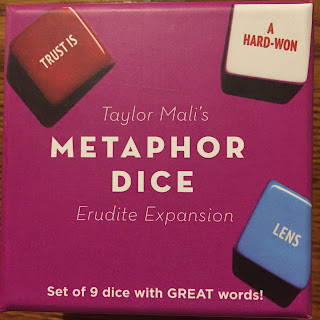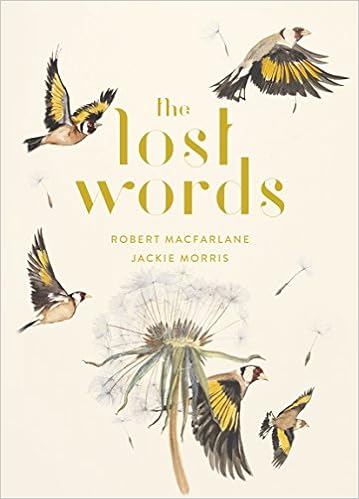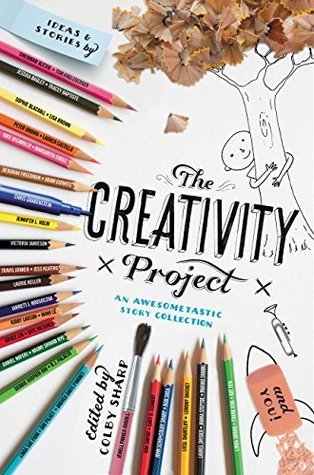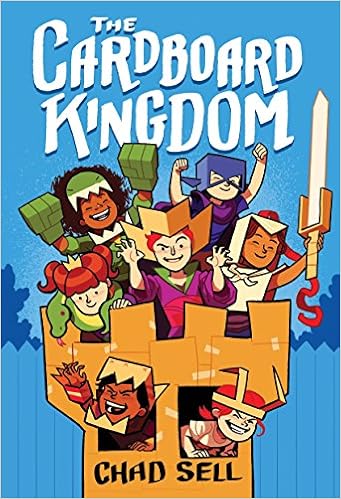If you haven't seen Colby Sharp's "Awesometastic" Creativity Project, I'll give you a minute to
explore it a bit.
Besides the fun of reading how some of your favorite children's authors responded to prompts, there is the fun of the prompts some of your favorite children's authors offered up, plus a bonus prompt from each of the authors from which you can choose to make whatever you want.
On this Naomi Shihab Nye themed Poetry Friday (don't thank me, I'm just the roundup collector...this week's theme is the brainchild of Tabatha at
The Opposite of Indifference!) , I thought it would be fun to play a bit with her prompts from
The Creativity Project.
This prompt, "Write a dialogue poem--a back-and-forth between human and something or things not human," is one from which I didn't manage a shareable draft. In the book, Kat Yeh writes from this prompt.
This bonus prompt really got me thinking: "Write a list of ten things you are NOT (not an astronaut, a perfectionist, a wool spinner, a butterfly, a name-caller). Then pick your favorite lines and develop, or embellish, them, adding metaphors, more description, whatever you like." Here's my draft:
I AM NOT
I am not a meticulous housekeeper.
I aim for clean enough.
The clutter and dust
rest on the surface of a love that runs deeper.
Similarly, I am not a master gardener.
I keep ahead of the weeds, mostly,
planting to encourage butterflies and bees.
They, I believe, are the most important harvesters.
Perhaps, then, you will be surprised
that I iron sheets
and follow recipes.
I choose when and when not to improvise.
©Mary Lee Hahn, 2019
You'll have to get a copy of the book to see how Naomi Shihab Nye responded to Tracey Babtiste's prompt, but her poem "Missing It" was featured on
The Writer's Almanac this past Tuesday. (I'm so glad The Writer's Almanac is back!!)
Now, off you go to see what everyone else around the Poetry Friday corner of the Kidlitosphere has created for this week, whether inspired by Naomi Shihab Nye, or otherwise! Drop your link in the comments and I'll roundup old-school. (I've had news from two bloggers who weren't able to leave comments...not sure why, but if that happens to you, send your link to marylee dot hahn at gmail.)
"Send me links to your posts if they are poems about/to/inspired by Naomi Shihab Nye!"
Here's the post that I will be adding them to:
https://tabathayeatts.blogspot.com/2019/05/poems-about-poets.html
* * * * * * *
Linda (at TeacherDance) shares how Naomi Shihab Nye's poetry made a difference in the lives of the gifted students she taught. The poem she shares is one that can be used as a mentor text when writing personal oral histories and about "discoveries of new lives different from theirs."
For today's post, Irene shares three favorites from NSN's book THIS SAME SKY, and because she has an extra copy, there's also a give-away!
Michelle Kogan has so many favorites in her post today! Her beautiful art features monarchs and milkweed. She shares NSN's poem "Kindness," which I LOVE, and her response poem is a deep breath of gratitude and commitment to Mother Nature.
Donna (at Mainely Write) 's ocean poem pairs nicely with Robyn's beach-themed haiku! Almost makes this land lubber want to spend some time on a beach! (almost...)
Laura Shovan is still serving as Poet in Residence and as such, she shares the PERFECT resident poet poem by NSN, as well as (mostly) delicious food poems written by third graders.
Michelle (at Today's Little Ditty) has the Ditty of the Month Challenge Wrap-Up Celebration, along with links to her interview of Naomi Shihab Nye, the poem she wrote inspired by "To Manage," and the DMC wrap-up for NSN's ditty challenge.
Cheriee (at Library Matters) shares her next poetic installment "about a pivotal time in 1958, when my family joined other relatives on an adventure into the Pine Valley region in Northern British Columbia." It's diaper week, and it's grim.
Renee (at No Water River) shares a selection of poems "from NIGHT GUARD, a collection of middle grade free verse poems by Norwegian poet, literacy educator, and environmental activist
Synne Lea," along with images from the illustrator of the collection, Stian Hole. You MUST listen to her magical voice and hear what she has to say about reading poetry!
Little Willow (at Bildungsroman) has song lyrics that remind us that humanity, like beauty, (like the love under the clutter and dust in my poem?) is not to be found on the surface.
Rebecca (at Sloth Reads) has a dialogue haiku for us that's sure to make you smile!
Amy (at The Poem Farm) has a post that is chock-full of goodness.
Tara (at Going to Walden) shares calming news from the farm in the form of a poem by Patricia Fargnoli.
Susan (at Soul Blossom Living) shares a pelican-filled post!























































